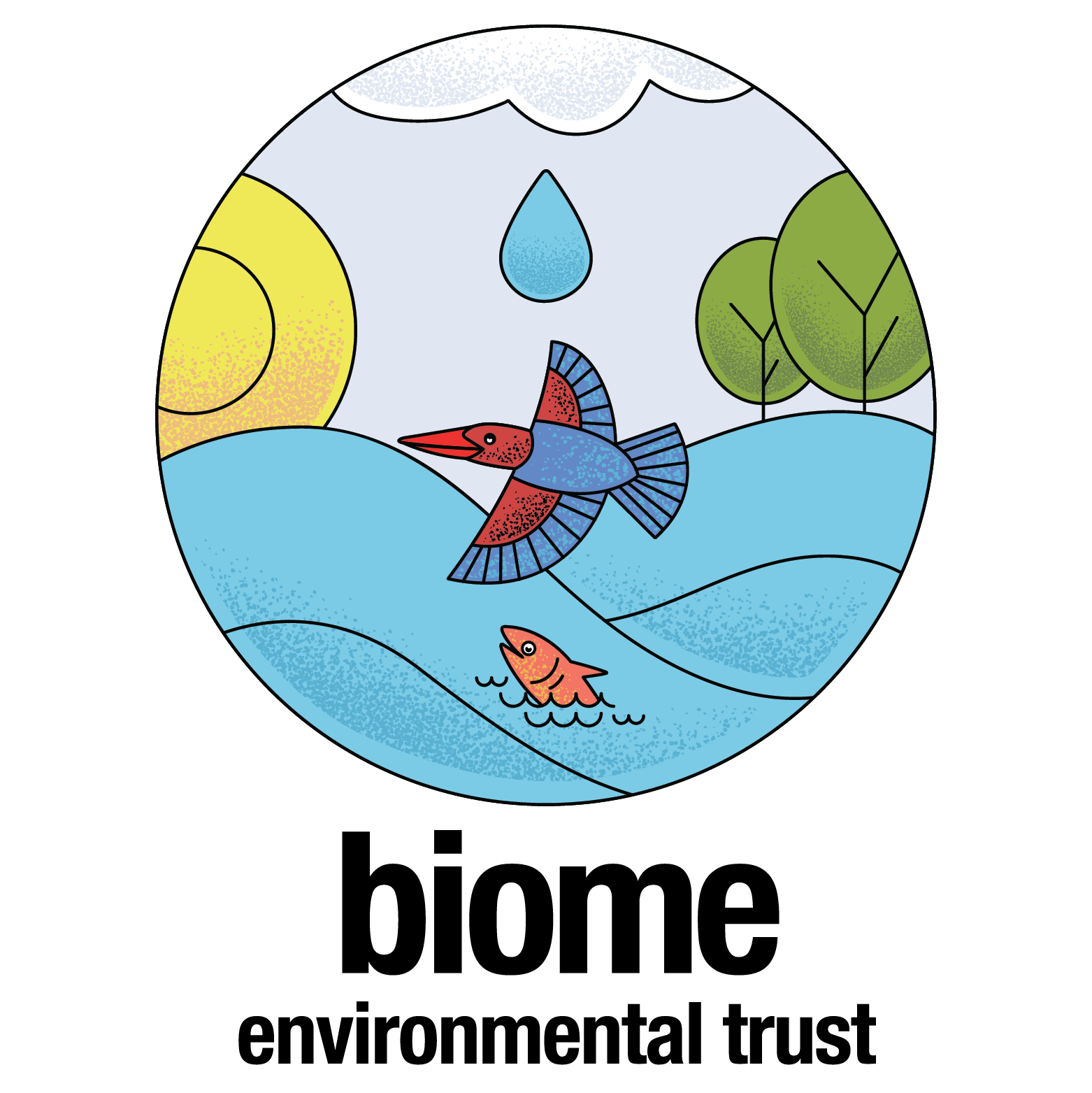Biome and Wipro Cares visited a few low-income communities around the VV Puram and JC Road area on 20th March. This area happens to be quite close to Lalbagh, and the water table in this part of the city seems to be quite high. The purpose of this visit was to catalogue existing open wells in the area. We also had conversations with the people living around these wells, to understand if the well water was being put to any use. We tried to understand from them their present source of potable/non-potable water, water logging issues and sanitation situation.
During this half-day walk through the area, we were able to see four open wells. We also came across an instance of a well that had been closed up. A brief about these wells is mentioned below
1. Well at Appajappa Garden
Well at Appajappa Garden ; Tank for storing well water
This well is situated by the side of a narrow gully road. It is very easy to miss this structure since it abuts the side wall very closely. There is a small Ganesha shrine by the side of this well. The surroundings of the well seemed to be maintained in good condition. The opening of the well is covered with a metal grill. Water from this well is pumped to a nearby storage tank. From this tank, people collect water to be used for washing purposes. This well water is not used for drinking/ cooking. For potable purposes, people here rely on Cauvery water supplied by BWSSB. Cauvery water is collected in drums, buckets, pots etc and then used as needed. One resident mentioned that the area near her home gets flooded during heavy rains. Apparently, the small drain which runs next to her home is narrow and tends to clog very easily.
2. Well at Nageswara Garden
The well at Nageswara garden
The well at Nageswara garden is not in use, though there is water in it. The reason for this seems to be the regular availability of Cauvery water. Consequently, the well has fallen into disuse, and the top of the well is piled with discarded items.
3. Well behind the Karumariyamman temple at Ramanna Garden
Karumariyamman temple, and the well behind the temple structure
The well is situated right behind the shrine of Karumariyamman. There is water in the well; however, garbage could be seen floating in it. There was also the smell of sewage emanating. People have stopped using water from this well for quite some time.
On the day of our visit, the locals were busy with preparations for a marriage ceremony
4. Well at N S Garden
Well at N S Garden
The last well we visited was a large circular well. The well is surrounded by a metal grill. There was water in the well. According to Mr Armugam, who stays in a house close by, the water from this well is pumped and used for a local public toilet. According to him, the well is cleaned by BBMP whenever the water gets contaminated. However, from what we could observe, it seemed like the well has been contaminated for a long time.
5. Closed Well at Sri Muthumariyamma Temple
Muthumariyamma temple; The closed well was earlier located to the right of sanctum
During our visit we were informed of a closed well, located inside a temple. We spoke to the temple priest to find out more information. We were told that the well was situated right next to the central sanctum. According to the priest, the well was closed around 25 – 30 years ago. The actual reason for the closure could not be ascertained during the conversation. At around the same time when the well was closed, a borewell was dug nearby. We were told that the depth of this borewell is around 30ft; if that is really the case, then the borewell is likely to be drawing water from the shallow aquifer. This needs to be checked though. We were also told that this borewell yields water throughout the year and that the water is used for local water needs including for the temple.
Summary
VV Puram area still has a few surviving old wells. While all four open wells that we visited had water in them, only one was being actively used and maintained; the other three are in various stages of disuse and in need of revival. We will have to work with the local community, understand their water needs and then figure out what would be an appropriate revival approach for each of these wells
